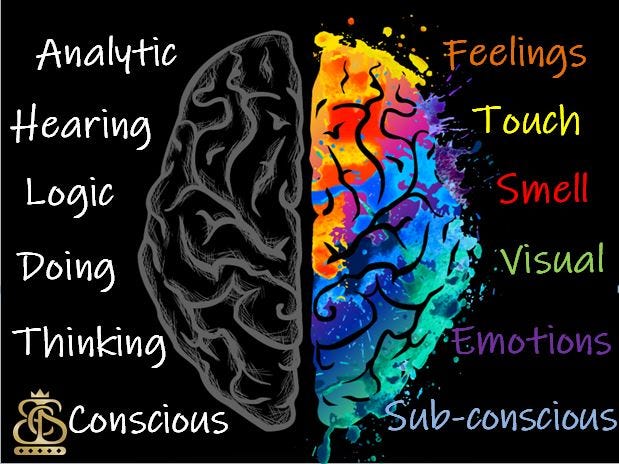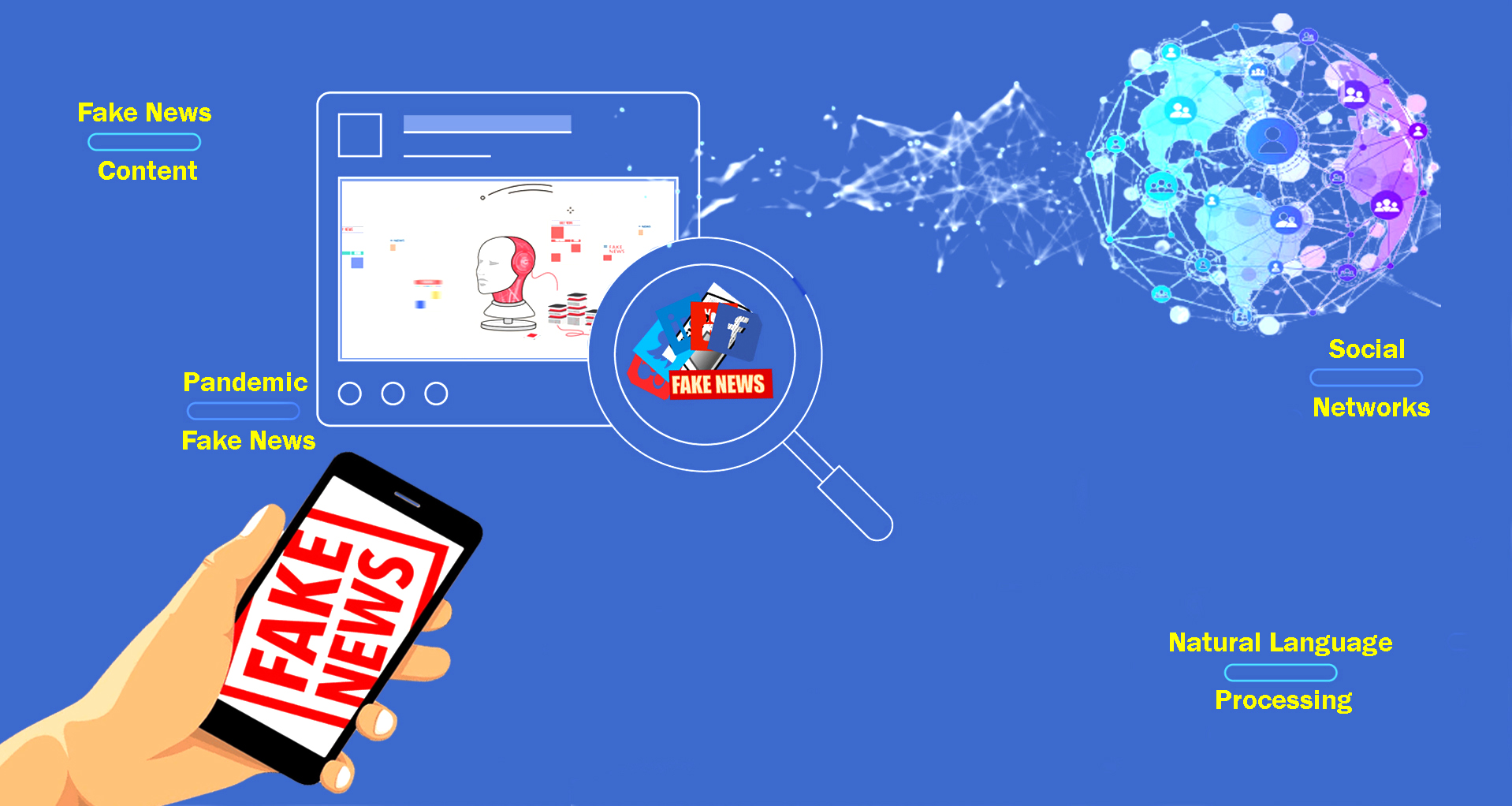By True Report
Introduction
We live in the age of information — or perhaps more accurately, the age of misinformation. At any given moment, millions of people are reading, watching, reacting, and most importantly, sharing content. Sometimes it’s useful. Often, it’s misleading. Occasionally, it’s outright false.
Viral hoaxes are not new, but their scale and impact today are unprecedented. Whether it’s a doctored image, a fabricated quote, or a conspiracy theory that spirals out of control, misinformation spreads faster and reaches more people than ever before. One famous example: the viral photo of a shark supposedly swimming down a flooded highway during Hurricane Sandy. It was shared millions of times — and it was entirely fake.
The internet rewards the sensational. Emotional content, whether shocking, outrageous, or funny, is more likely to be shared. Unfortunately, truth doesn’t always evoke emotion. Lies often do.
This in-depth report from True Report takes you inside the anatomy of viral hoaxes — how they start, why they spread, who benefits from them, and how you can stop them in their tracks.

1. The Age of Misinformation
The Content Explosion
In the past, news came through a few trusted channels: newspapers, TV news, radio. Today, anyone with a smartphone can publish “news” to an audience of millions. While that democratization has its benefits, it has also opened the floodgates for false, misleading, and harmful information.
Every minute:
- 500 hours of video are uploaded to YouTube
- 347,000 tweets are sent
- Over 1 million Facebook posts are published
This flood of content means that truth competes with deception for attention, and in many cases, deception wins.
Algorithms Fuel the Fire
Platforms like Facebook, TikTok, and Instagram are designed to show users what they’re most likely to engage with. Unfortunately, studies show that false news spreads faster than real news. According to MIT, false stories are 70% more likely to be retweeted than true ones.
Why? Because they’re designed to shock. They grab attention. A story that says “Vaccines contain microchips” might sound absurd — but it’s more emotionally engaging than a dry list of ingredients.
Case Study: Pizzagate
In 2016, a conspiracy theory spread online claiming a Washington D.C. pizzeria was the center of a child-trafficking ring linked to political figures. Despite being completely baseless, the story spread through Reddit, Twitter, and fringe blogs.
It gained so much traction that a man from North Carolina drove to the restaurant with an assault rifle to “investigate” and fired shots inside. No one was hurt — but it could have ended in tragedy.
This hoax didn’t just spread lies — it put real people in danger. And it’s just one example of many.

2. Anatomy of a Viral Hoax
A viral hoax isn’t an accident. It usually follows a familiar pattern:
Step 1: The Spark
It begins with a lie. Maybe it’s a fabricated headline (“NASA Confirms Earth Will Go Dark for Six Days”) or a doctored image (“Bill Gates says unvaccinated people should be imprisoned”).
These sparks are often planted by:
- Trolls trying to stir chaos
- Clickbait websites trying to earn ad revenue
- Conspiracy theorists trying to push an agenda
- State actors running disinformation campaigns
Step 2: The Spread
The post is shared in small groups — often on Facebook, Reddit, or WhatsApp. It spreads among people who are emotionally or ideologically receptive to it.
From there, influencers or niche media pick it up. The more engagement it gets, the more the algorithm pushes it to others.
Step 3: Mainstream Explosion
If the hoax gains traction, it bursts into the mainstream — with media outlets covering it (often just to debunk it), which ironically gives it more visibility.
Even when stories are fact-checked, many people remember the myth, not the correction. This is known as the continued influence effect — the idea that false beliefs persist even after being debunked.
Step 4: Entrenchment
Once a hoax becomes widespread, it’s hard to kill. People who want to believe it will find ways to justify it, ignore the debunking, or claim the fact-checkers are part of a cover-up.

3. Why We Fall for It: The Psychology of Belief
Misinformation doesn’t just trick people because it looks real — it works because of how our brains are wired.
Confirmation Bias
We all want to believe we’re rational thinkers. But in reality, we tend to seek out information that confirms our existing beliefs, and ignore or discredit information that contradicts them.
If someone already distrusts the government, a fake story about government corruption seems plausible. If someone is worried about vaccine safety, a misleading video claiming vaccines cause harm feels “right.”
Cognitive Ease
Our brains prefer simplicity. When a false story is easy to understand and emotionally satisfying, we’re more likely to accept it — especially if we’re scrolling quickly.
Truth, on the other hand, is often nuanced. It’s harder to explain that a video is taken out of context than to just believe the headline.
Authority Illusions
We’re also more likely to believe something if we think it comes from a credible source. That’s why so many hoaxes use fake screenshots of CNN or BBC headlines, or quotes falsely attributed to celebrities or scientists.
Case Study: The Blue Whale Panic
In 2016, stories spread that an online game called “Blue Whale” was encouraging teenagers to harm themselves — and even commit suicide — through a series of challenges.
Despite little evidence that the game even existed, panic spread worldwide. Schools warned parents. Police issued statements. Some even blamed the game for unrelated teen suicides.
Later investigations found almost no proof that the game was real. But the emotional weight of the story made it stick.

4. The Role of Platforms and Technology
Social media platforms bear significant responsibility for the rise of viral hoaxes.
Engagement-Based Algorithms
Platforms like Facebook and TikTok prioritize content that keeps users engaged. They don’t care if it’s true — they care if you watch it, comment on it, and share it.
This means outrage, fear, and sensationalism are rewarded. And misinformation thrives.
Weak Moderation Systems
While companies have improved their moderation, it’s often too little, too late. Fact-checks may appear after a hoax has already gone viral. Harm is done before the warning shows up.
Private Messaging Apps
Apps like WhatsApp, Telegram, and Signal make hoaxes even harder to track. Messages are encrypted and private, meaning misinformation spreads invisibly.
In countries like India and Brazil, false rumors spread through WhatsApp have led to lynchings, riots, and political unrest.

5. When Hoaxes Turn Dangerous
Misinformation isn’t just annoying. It can be deadly.
Anti-Vaccine Lies
False claims about vaccine safety have led to declining vaccination rates in some areas. Diseases like measles — once nearly eradicated — have made a comeback.
During the COVID-19 pandemic, lies about vaccine microchips, infertility, or fake “cures” caused real harm. People died because they believed false information.
Mob Violence in India
From 2017 to 2018, at least two dozen people were killed in India after viral WhatsApp messages falsely claimed they were child kidnappers.
The rumors spread quickly in rural communities with little access to reliable news. Vigilante mobs took justice into their own hands.
US Capitol Riot
False claims of a stolen 2020 U.S. presidential election — spread through social media, fringe blogs, and videos — contributed to the January 6th Capitol insurrection. That day, five people died, and American democracy was shaken.

6. Fighting Back: How to Spot and Stop a Hoax
It may feel overwhelming — but there are ways to fight back.
Ask These Questions Before Sharing:
- Who posted this, and why?
- Can I verify the claim with another source?
- Is this emotionally manipulative?
- Does the image or video seem edited or out of place?
Use Verification Tools:
- Google Reverse Image Search: Check where a photo came from.
- Snopes.com / FactCheck.org: Reliable sites for debunking.
- InVID: A browser tool to verify videos.
- Wayback Machine: See what a page said before it was edited.
Educate Others
Teach your friends and family how to check sources and verify information. Especially help those who may be less internet-savvy.
Schools, workplaces, and governments should incorporate media literacy into education. Understanding how to think critically about information is a crucial 21st-century skill.

Conclusion: The Truth Still Matters
We live in a world where a lie can reach millions before the truth even starts trending. But truth still matters.
It matters for democracy. It matters for safety. It matters for building a society where decisions are made based on facts, not fear.
The next time you see a shocking post, ask yourself:
Is it true, or is it just viral?
At True Report, we believe the truth deserves to go viral too. So before you repost — research. Ask questions. Verify. Be skeptical, not cynical. Because every time you refuse to spread a lie, you make the internet a little bit more honest.

